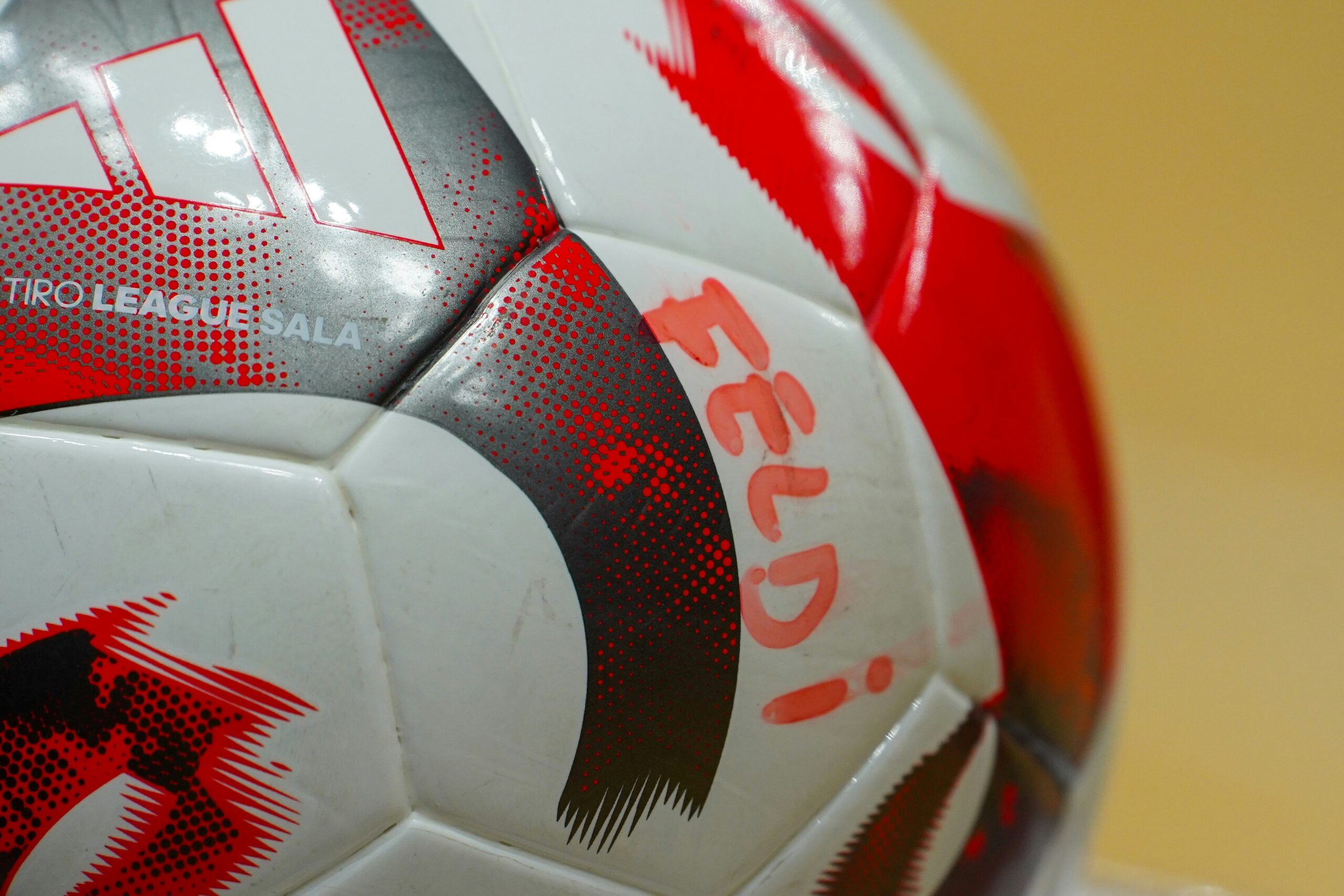
- calendar_today August 14, 2025
As AI tools move into classrooms in New York and beyond, teachers are shifting from lecturing to guiding—what does that mean for learning?
Imagine getting help when needed, and no longer waiting until the next class. AI tutors now fill that gap, offering one-on-one support long after the school bell rings.
AI Tutors Arrive in Classrooms
By 2025, tools like Chatgpt, ScribeSense, and Khanmigo will become part of daily school life from Tokyo to Toronto. They will answer student questions, break down tricky subjects, and even offer practice problems in real time. A late 2024 UNESCO report found that over 60 countries are testing or rolling out AI tutor programs in their public schools, including pilots in New York.
Teachers Take on New Roles
AI isn’t here to replace educators; quite the opposite. In Finland, teachers use AI to handle routine tasks such as lesson planning and basic quizzes. That frees them up to coach project work, lead discussions, and build stronger relationships with each student. In the U.S., about 30% of schools now use AI for grading and attendance, according to EdTech Digest.
When machines cover the repetitive work, teachers can focus on what computers can’t do: spark curiosity, mentor teams, and guide ethical debates.
Personalized Learning for Every Student
The most considerable promise of AI is custom-fit lessons. A student stuck on algebra can get extra practice right away, while another who races ahead can move on to new topics without waiting for the class to catch up. An OECD study in 2024 showed that mixing AI-driven exercises with live instruction boosted test scores by up to 22%.
AI also helps bridge language gaps. In multilingual regions, it can adjust explanations in a student’s native tongue or simplify complex terms on the fly.
Regional Spotlight: AI Tutors in New York
This year, samples of schools in New York (NYC, Buffalo, Albany) have adopted AI tutor tools for trial implementation. The first week’s feedback was positive, in that homework questions received a quicker response, and learners who had difficulty making inquiries responded much more frequently.
A Gallup survey of local teachers revealed that automating grading saved one hour and forty-three minutes per week for small-group coaching. However, restricting internet reliability remains an issue in the country's twenty rural districts. As programs grow, local authorities are spending on connectivity and training teachers to ensure that no learner is left behind.
Equity, Bias, and Privacy Challenges
Not every school can afford fast internet or the latest devices. A 2019 World Bank survey found that 35% of low-income country schools face patchy connectivity. Without reliable networks, AI tools fall flat.
Bias can slip in, too. AI learns from the data it’s fed. If that data is unbalanced, some students may get poorer guidance or be misrepresented. And as systems track more learning habits, the risk of mishandled data grows. UNESCO’s ethics guidelines stress transparency and strong privacy protections to keep AI serving every learner fairly.
Moving Forward: Partnership, Not Replacement
AI tutors are powerful helpers, but can’t replace the human touch. Actual teaching blends facts with empathy, tough questions with encouragement. The future of education lies in smart teamwork machines tackling routine tasks, while teachers inspire, challenge, and defend the values that make learning a human journey.
As schools fine-tune their use of AI, they must invest in training, infrastructure, and clear policies. That way, students everywhere can benefit from rapid answers and tailored practice without losing the connection only a real teacher can provide.










